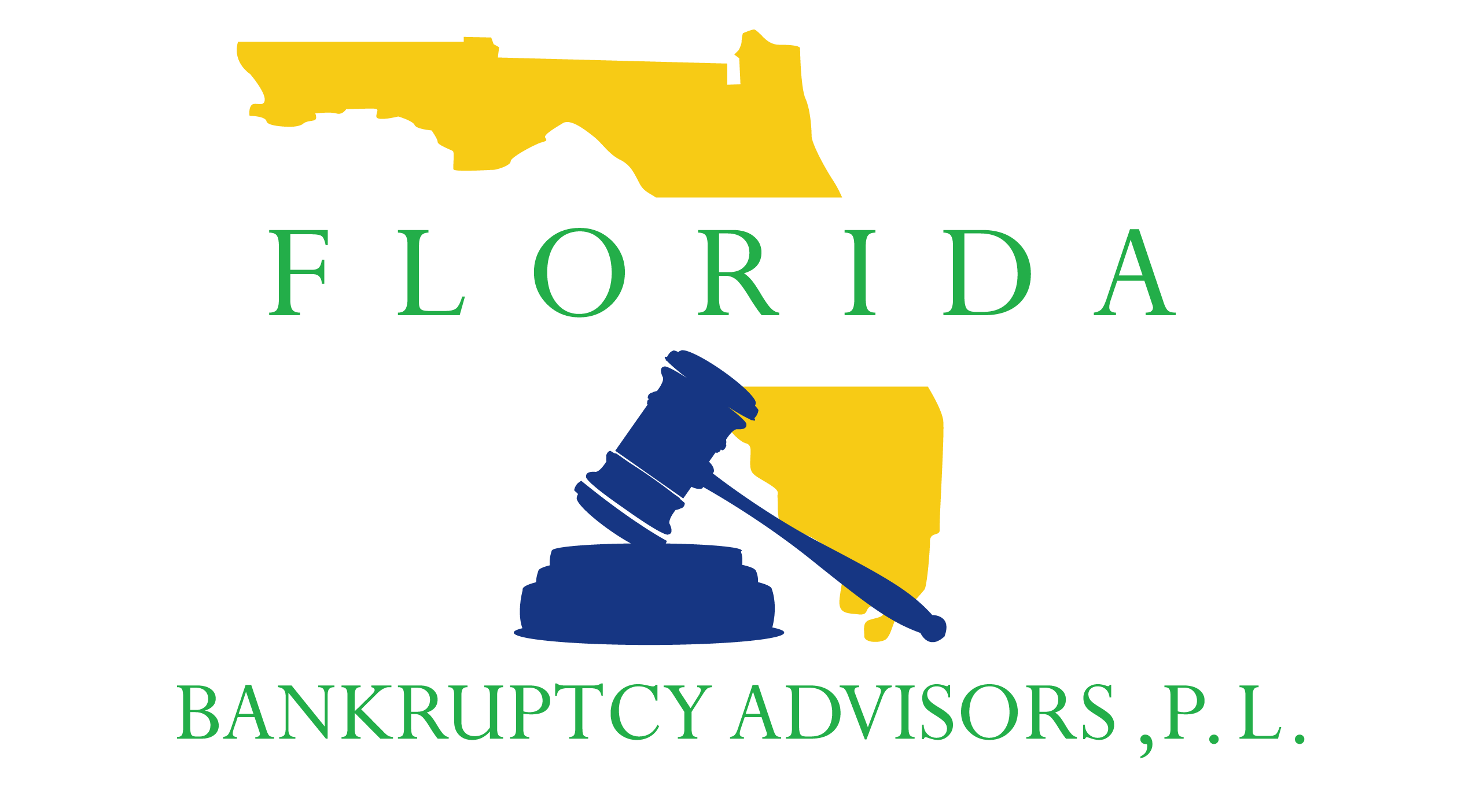Reaffirmations in Bankruptcy
Reaffirmations in Bankruptcy
A debtor in bankruptcy may choose to reaffirm a debt that would otherwise be subject to the bankruptcy discharge. While doing so sounds contrary to common sense, there are some instances where reaffirming certain secured debts might make sense in reaffirmations in bankruptcy.
To start, what does it mean to reaffirm a debt?
When a debt is successfully reaffirmed by the bankruptcy court, then the debtor will remain personally liable on that particular reaffirmed debt, even though that very same debt may have otherwise been discharged in the debtor’s bankruptcy proceeding. It is typically, if not almost always, done in connection with secured claims (like a car loan or home mortgage).
A secured creditor (e.g., a creditor with collateral that “secures” their loan), actually has two independent claims: one claim against the debtor personally, and another separate claim against the collateralized property (known as an in remclaim). When a debtor receives a bankruptcy discharge, the discharge only apples to debtor’s personal obligation to repay the creditor and does not typically affect the creditors right to the collateral securing their loan. Therefore, if debtor wants to actually keep the collateral securing a creditors loan, that debtor will ultimately need to continue paying the creditor under the terms of the secured loan, notwithstanding the debtor receiving a discharge in bankruptcy. In other words, a debtor receiving a bankruptcy discharge does not get to keep a house or car without continuing to pay creditor(s) that have a mortgage or lien on that house or car after bankruptcy case is over.
Secured Personal Property
Therefore, if a debtor wants to keep the relevant secured property (again, typically a house or car), and they are convinced they can and will make all future payments as required, then that debtor may also wish to “reaffirm” their personal liability on the loan. In fact, technically speaking, the bankruptcy code allows a secured creditor of personal property (which does not include real property, like a home) to repossess secured personal property that is not reaffirmed by the debtor in bankruptcy (even though that debtor is continuing to make all required payments on the loan).
Although this is technically correct, in practical terms, these secured creditors will typically be very pleased to be receiving future payments as originally contracted, and will very rarely, if ever, repossess personal property solely because it was not reaffirmed by a debtor (and in the very rare case that it may be repossessed, the bankruptcy discharge continues to protect you from having any personal liability in connection with tat loan). Of course, if future payments are not timely made, the creditor will repossess the collateral property whether the debt was reaffirmed or not.
The bankruptcy code does not allow a secured creditor of real property (like your home mortgage loan) to foreclose on property solely because a debtor chose not to reaffirm their personal obligation on the loan. However, If a debtor does not reaffirm their home mortgage loan, the creditor will more than likely stop reporting the loan and payments on the debtor’s credit report, and may not allow debtor to ever attempt to modify the loan. So, in cases where a debtor has equity in real property, the debtor may choose to reaffirm in order to keep home loan payments reflecting on the debtor’s credit report, and keep alternatives of modification viable.
If a home loan does not have equity
then the debtor should weigh the Reaffirmations in Bankruptcy benefits mentioned against the risk that the debtor may eventually not be able to keep up with payments, which could result in a foreclosure and a personal deficiency judgment against the debtor. In other words, by reaffirming, the debtor may remain liable to the mortgage lender for all amount owed on the loan above and beyond the fair value of the property at the time of foreclosure. Whereas, if the home loan was not reaffirmed through the bankruptcy process, the lender would only be entitled to their collateral back, and would not have any rights to collect any shortfalls form the debtor personally.
When you file your bankruptcy, you must declare your specific intent in relation to each secured debt. This typically includes whether or not you intend to reaffirm each particular secured loan. While the form can be amended up to 30 days after the meeting of creditors, it is important to be aware that you cannot reaffirm any debt after an order of discharge is entered in your bankruptcy case. The language of the bankruptcy code clearly requires the reaffirmation agreement to be approved by the court prior to the debtor receiving a discharge. This prohibition of allowing a reaffirmation agreement to be approved after the entry of discharge is strictly interpreted, and any reaffirmation agreement made by a debtor subsequent to entry of the discharge will be declared invalid by the bankruptcy court.
The Bankruptcy Discharge
We understand what you're going through and want to help.
Call Now for a FREE Phone Consultation with an Experienced Bankruptcy Attorney to learn more about how bankruptcy may help you.
